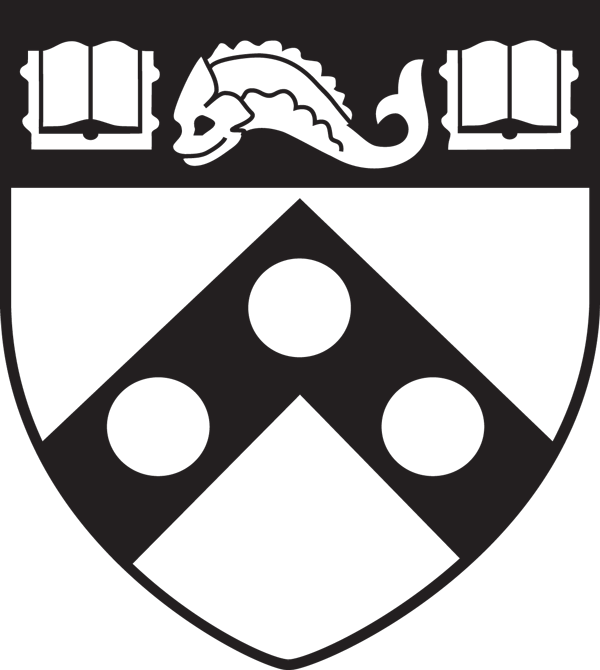
| Year Graduated | 2022 |
| Department Affiliation | Anthropology |
| Dissertation | Burned Flint: Indirect Evidence of Fire Use for Understanding Neandertals’ Behavioral Variability in Using Fire in Late Pleistocene Europe |
| Current Position | Postdoctoral Research Scholar Institute of Human Origins, Arizona State University |
| Biographical Information | Bio Email: aylar.abdolahzadeh@asu.edu I am currently a postdoctoral research scholar in bioarcheology at the Institute of Human Origins at Arizona State University and a Fellow of the Louis J. Kolb Society at Penn Museum University of Pennsylvania. Education Ph.D. University of Pennsylvania, Philadelphia, PA. 2022. Major: Anthropology, Minor: Paleolithic Archaeology M.A. University of Tarbiat Modares, Tehran, Iran. 2010. Major: Archaeology, Minor: Prehistoric Archaeology. B.A. University of Tehran, Tehran, Iran. 2007. Major: Archaeology, Minor: Humanities. Research Interests I am a four-field trained anthropologist specialized in Paleolithic archaeology. My research program features active field and laboratory components, as I use an integrative approach to understand to what extent fire was used and/or controlled by our human ancestors for a variety of activities—from cooking foods to the use of fire in agricultural and pastoralism developments—in a wide range of spatio-temporal context—from the later Pleistocene and the mid-Holocene in Eurasia and Africa. My research program has been investigating variability in the extent of fire use in the living contexts of Neandertals and modern humans through quantifying the frequency of heated lithics as a proxy for the use of fire in the archaeological records of the Late Pleistocene from diverse sites in Europe and southwest Asia. The results of this research indicated that the extent of fire use varies in diverse geographical contexts and local and regional climatic conditions, and questioned whether all human populations of the Later Pleistocene were relied on the use fire in regular basis. I have also conducted a series of controlled heat experiments to identify some of the post-depositional features of fire exposure on lithic artifacts with a goal to characterize the intensity and duration of fire-related activities by the Middle Paleolithic hunter-gatherers at an archaeological site through the analysis of heat lithic fracture. The results further shed light on the identification of use of short-term fire events by mobile hunter-gatherers as high temperature fire with close proximity to the heat source regardless of longer duration of heating intensifies lithic heat fracture. My long-term work aims to understand how our human ancestors continuously learned to make a balance between the costs and benefits of fire use in their diverse living contexts and how learning from their knowledge about the science of fire use will greatly contribute to the resolution of one of the present challenges of our global society, such as global climate changes. You can find some of our experimental work at the website: ResearchGate: https://www.researchgate.net/profile/Aylar_Abdolahzadeh 2023 Abdolahzadeh, A., Leader, G. M., Li, L. Taphonomy of Fire: Experimental Approach to Quantifying Pot-lids by Temperature Journal of Archaeological Sciences: Reports. 48, 103894. https://doi.org/10.1016/j.jasrep.2023.103894 2022 Abdolahzadeh, A., McPherron, S. P., Sandgathe, D. M., Schurr, T. G., Olszewski, D. I., & Dibble, H. L. Investigating variability in the frequency of fire use in the archaeological record of Late Pleistocene Europe. Archaeological and Anthropological Sciences, 14(4), 62. http://dx.doi.org/10.1007/s12520-022-01526-1 2022 Li Li, Sam C. Lin, Shannon P. McPherron, Aylar Abdolahzadeh, Annie Chan, Tamara Dogandžić, Radu Iovita, George M. Leader, Matthew Magnani, Zeljko Rezek, Harold L. Dibble. A synthesis of the Dibble et al. controlled experiments into the mechanics of lithic Journal of Archaeological Method and Theory. https://doi.org/10.1007/s10816-022-09586-2 2021 Lin, S., Zeljko Rezek, Aylar Abdolahzadeh, David R. Braun, Tamara Dogandžić, George M. Leader, Li Li, Shannon P. McPherron. The mediating effect of platform width on the size and shape of stone flakes. PLoS ONE. 17(1). e0262920–e0262920. https://journals.plos.org/plosone/ 2020 McPherron, S. P., Abdolahzadeh, A., Archer, W., Chan, A., Djakovic, I., Dogandzic, T., Leader, G. M., Li, L., Lin, S., Magnani, M., Reeves, Z., Weiss, M., 2020. Introducing platform surface interior angle (PSIA) and its role in flake formation, size and shape. PLoS ONE 15(11). https://doi.org/10.1371/journal.pone.0241714 2020 Dogandzic, T., Abdolahzadeh, A., Leader, G., Li, L., Claudio, T., Dibble, H. L. Are the Results of Lithic Experiments Performed on Glass Cores Applicable to other Raw Materials? Archaeological and Anthropological Sciences 1–14. https://doi.org/10.1007/s12520-019-00963-9 2017 Dibble, H., Abdolahzadeh, A., Aldeias, A., Goldberg, P., McPherron, P. S., Sandgathe, D., 2017. How did Hominins Adapt to Ice Age Europe without Fire? Current Anthropology 58(16), S278–S287. https://doi.org/10.1086/692628 2017 Leader, G., Abdolahzadeh, A., Lin, S. C., and Dibble, H. L., 2017. The Effects of Platform Beveling on Flake Variation. Journal of Archaeological Science Reports16, 213–223. https://doi.org/10.1016/j.jasrep.2017.09.026 Penn Museum Blog Communicating the scientific outcomes of archaeological research to the public with accessible language and visual aids is center to my public outreach goals. For example, with respect to the visibility and accessibility of museum collection, as background, during my Penn Museum assistantship lithic projects, I co-created online catalogs from three archaeological legacy collections to make them available for public engagement and academic access. For more read please check the blog below: · https://www.penn.museum/blog/museum/the-scrapers-of-Bisitun-cave/ · https://www.penn.museum/documents/publications/expedition/PDFs/64-2/academic_engagement.pdf |
| Relevant Links | https://search.asu.edu/profile/4574650 |
